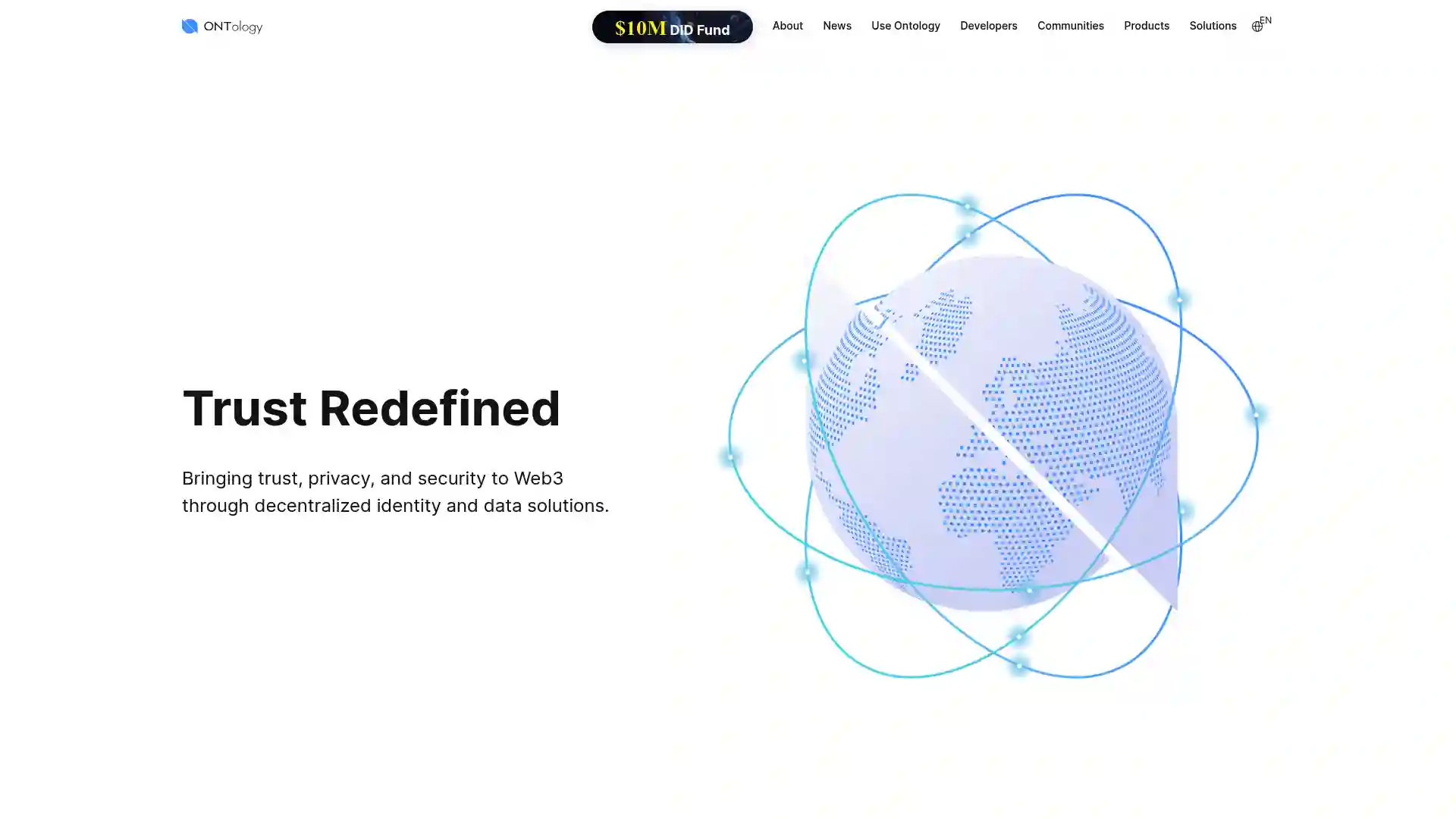Ontology Gas (ONG)
Ontology is a high-performance public blockchain project designed to provide a distributed trust collaboration platform. It stands out by utilizing a dual token model and offering a range of customizable blockchain solutions aimed at enhancing collaboration among chain networks. Ontology's MainNet went live on June 30, 2018, marking the beginning of its journey as a versatile blockchain framework.
The dual token model: ONT and ONG
Ontology employs a dual token system comprising ONT (Ontology Coin) and ONG (Ontology Gas). Each token serves distinct purposes within the ecosystem, catering to different functionalities.
ONT: The staking coin

| Ticker | ONG |
| Category | Smart Contract Platform |
| Website | https://ont.io/ |
| @OntologyNetwork | |
| Telegram | OntologyNetwork |
| https://www.reddit.com/r/OntologyNetwork/ | |
| Contract Addresses | |
|---|---|
| ontology | |
ONT is the primary coin within the Ontology network. It is used for staking, which plays a crucial role in the consensus mechanism of the blockchain. Staking ONT helps secure the network and enables users to participate in the decision-making processes that determine the future direction of the platform.
ONG: The utility token
ONG, or Ontology Gas, is the utility token of the Ontology blockchain. It is periodically released and is primarily used for on-chain services. This includes transaction fees, smart contract execution, and other service-related activities within the Ontology ecosystem.
Ontology's blockchain framework
Ontology's blockchain framework is designed to support a variety of public blockchain systems. It provides a flexible and customizable environment for different applications, allowing developers to tailor public blockchains to specific needs.
High-performance public blockchains
Ontology's framework delivers high-performance public blockchains that integrate distributed ledgers and smart contract systems. This infrastructure is intended to support a wide array of applications across various industries, enabling efficient and secure digital transactions.
Customizable blockchain solutions
One of Ontology's key strengths is its ability to customize blockchain solutions for different applications. By offering this flexibility, Ontology allows businesses and developers to create blockchain systems that align closely with their specific requirements, promoting innovation and enhancing functionality.
Collaboration and protocol groups
Ontology supports collaboration among chain networks through its diverse protocol groups. These protocols facilitate seamless interactions and data exchange between different blockchains, fostering a more integrated and cooperative blockchain ecosystem.
Distributed digital identity framework
Ontology provides a distributed digital identity framework, a crucial component for establishing trust within the blockchain environment. This framework enables secure and verifiable digital identities, enhancing the reliability and credibility of interactions on the Ontology network.
Distributed data exchange protocol
Ontology's distributed data exchange protocol is designed to manage data efficiently and securely. This protocol allows for the safe exchange of data across different platforms and applications, ensuring data integrity and confidentiality.
Ongoing development and common modules
Ontology is committed to ongoing development and the creation of common modules that cater to a variety of distributed scenarios. These modules are part of the underlying infrastructure and are essential for facilitating diverse applications and use cases.
Common modules for distributed scenarios
Ontology's infrastructure includes common modules that serve various distributed scenarios. These modules are designed to address specific requirements and enhance the capabilities of the Ontology blockchain, ensuring it remains adaptable and relevant to emerging technological trends.
